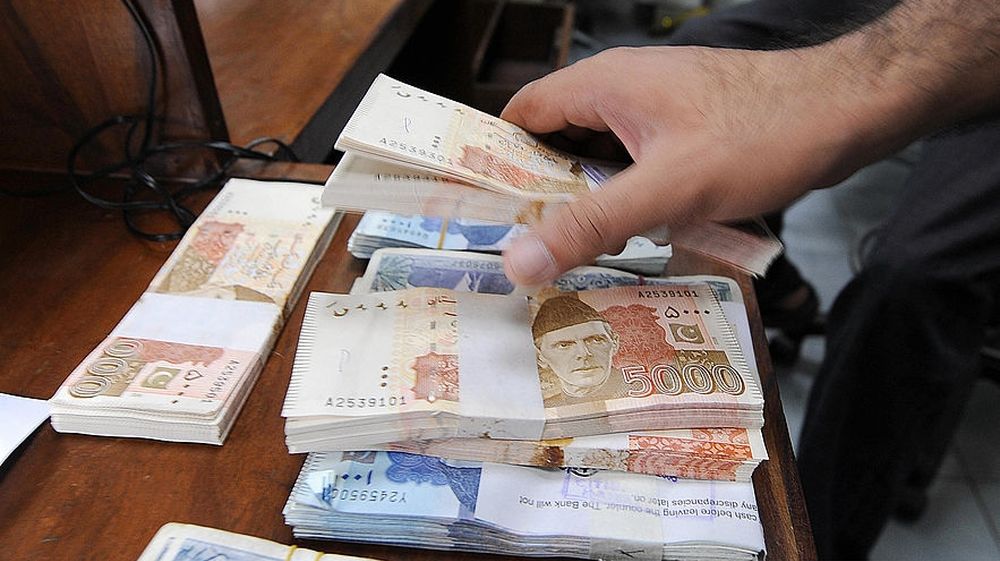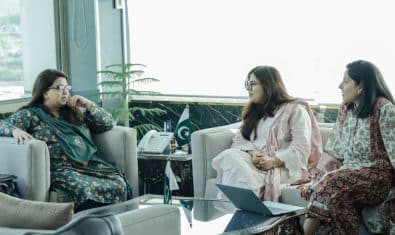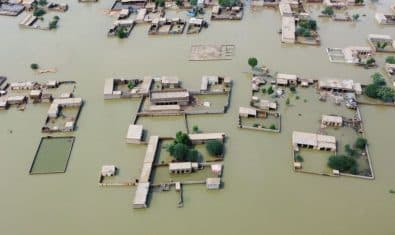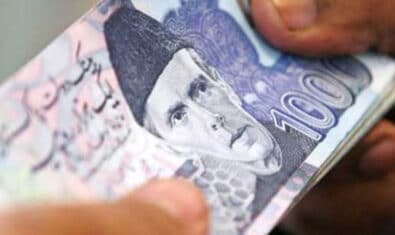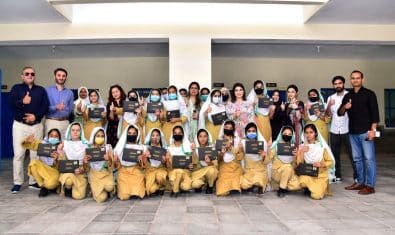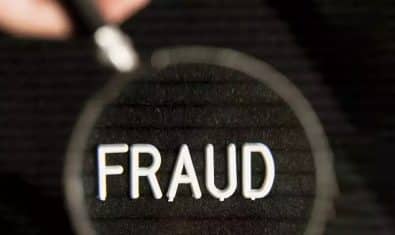State Bank of Pakistan (SBP) increased the policy rate by 1% against the market expectations of 0.5%. Experts say that the increase in the interest rate has been done to ease the pressure on dwindling foreign reserves.
Governor SBP Tariq Bajwa announced this as part of the Monetary Policy, at the committee meeting being held at SBP Learning Resource Center, Karachi. Members of the monetary policy committee included Dr. Masood Qazi, Executive Director Dr. Inayat Hussain, Executive Director Muhammad Ali Malik and Director SBP Ali Chaudary.
In his Monetary Policy statement, Tariq Bajwa elaborated on the current achievements and macroeconomic challenges that Pakistan is facing at this time.
“In order to curb aggregate demand and ensure near-term stability, the committee has decided to increase the policy rate by 100 bps to 7.5% effective from 16 July 2018.”
In its debate, the Monetary Policy Committee noted that the following factors are contributing to evolving economic challenges:
- The multiplier-effect of a strong fiscal expansion during the second half of FY18 is likely to offset the contractionary impact of monetary tightening in the recent months on domestic demand;
- Higher international oil prices have continued to inflate the import bill;
- Rising inflation projections and the ensuing fall in real interest rates.
- A notable reduction in PKR and US interest rate differential.
The average headline inflation for FY18 stands at 3.9 percent. However, this picture is changing rapidly as is visible from rising (YoY) headline and core inflation for June 2018 at 5.2 and 7.1 percent, respectively.
Based on these recent estimates, SBP’s model-based range for average CPI inflation is 6.0–7.0 percent for FY19. This assessment relies on:
- Higher fiscal deficit;
- Food inflation reverting to its normal behavior;
- Unfavorable trend in international oil prices;
- Lagged pass-through of rupee depreciation;
- High survey-based measures of inflation expectations captured by July 2018 edition of IBA-SBP’s Consumer Confidence Survey.
The market was expecting the policy rate hike. However, they anticipated it to be around 0.25-0.50%.
Challenges Remain
Pakistan is facing a balance of payments crisis as the current account deficit deteriorated to $ 16.0 billion during the first eleven months of FY18, which is 1.4 times over the same period last year.
A favorable impact of a strong recovery in exports (YoY growth of 13.2 percent in Jul-May FY18) and increase in workers’ remittances (3.0 percent in Jul-May FY18) was more than offset by the growing number of imports.
In the absence of matching financial flows, a notable portion of this higher current account deficit was financed by using the country’s own resources. As a result, SBP’s liquid foreign reserves witnessed a net reduction of US$ 6.7 billion to reach US$ 9.5 billion as of July 6, 2018.
These developments suggest that the near-term management of the country’s external accounts is of critical importance.
Monetary expansion in FY18 has been driven by government borrowing for budgetary support and healthy growth in credit to the private sector. Private sector borrowing increased by Rs.768 billion in FY18 which translates into a growth of 14.8 percent.
In FY19, private sector credit is expected to increase by almost the same amount at a growth rate of about 13.0 percent. This will be driven primarily by the rise in need for working capital at the back of gestation of lagged fixed investment into production and rising exports.
On a positive note, Governor SBP told that Pakistan has achieved a thirteen-year high growth rate of 5.8 percent in FY18 and the average CPI inflation was well below the 6.0 percent target.
He also cautioned that the challenges to Pakistan’s economy have accentuated further.
